From the bogeyman to the monsters under your bed, we have all encountered some form of nightmarish entity that instils fear and suspense. With Halloween around the corner, read about these legends and mythical creatures from across the globe to really send shivers up your spine.
The Kraken
Pink Rhino / Flickr.com, CC BY 2.0
Originating in Nordic folklore, this carnivorous sea monster is said to haunt the seas and attack vessels with its tentacles. A large octopus-like creature, or cephalopod, the Kraken is said to grow up to 15m in length; a fearsome size that has seen the creature feature in various fictional works.
Danish writer and biologist, Erik Pontoppidan, wrote that the Kraken was the size of an island, which many sailors mistook for somewhere to visit and were subsequently dragged to the depths by the monster. Should this fail, the beast would swim in circles around the ship, creating a fierce maelstrom which would swallow ships whole.
Chupacabra
Synonymous with superstition, bats are often tarnished with vampiric tales and myths that have endured through the ages. Suffering some of the worst of these superstitions, the lesser long-nosed bat is the creature behind the the legendary Mexican chupacabra – a half-man, half-bat hybrid that is said to drain the blood of livestock, specifically goats.
However, unlike the chupacabra, these bats are very much real and the sinister stories about them are being debunked by scientists looking to show them as a crucial part of the ecosystem.
Kelpies
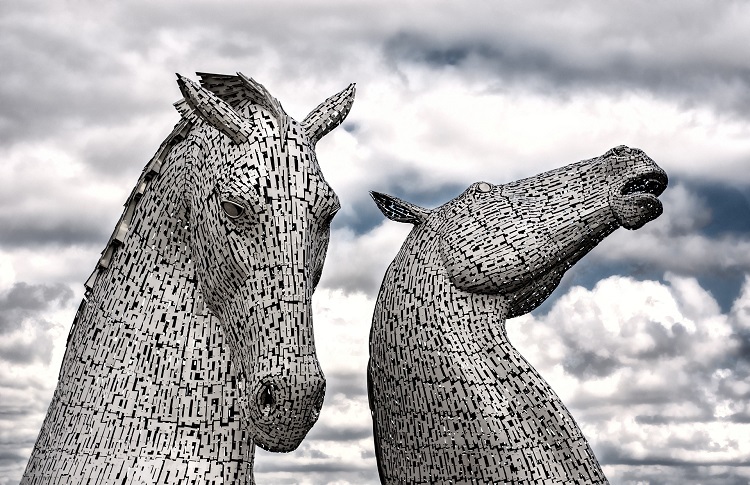
Scotland is home to the folklore of the kelpie: a water horse that entices people to ride on its back before taking them to a watery grave. Often described as a dark grey or white pony, the creature could also shape-shift into human form but would still retain its hooves. For this reason, the kelpie is portrayed as a malefic beast.
Dr Lizanne Henderson, Scottish folklore course leader at Glasgow University, said the myth of the kelpie reflects a fear of water seen in areas of Scotland where many who lived by the coast could not swim. As a result, the deep waters sparked fear in the locals and kelpies gained mythological status.
Domovoi
Art Gallery ErgsArt / Flickr.com, CC BY 1.0
A bearded old man who resides inside your home and helps with household chores doesn’t seem so bad, but this one comes with a strict rulebook. The Russian spirit, domovoi (‘the one at home’), is an ever-present creature that lives under your stove and demands a certain respect from its fellow inhabitants.
When leaving the house, residents should sit for a while in silence as a farewell to the spirit and, at night, no cutlery or food should be left out. Swearing is not allowed as the domovoi detests bad language, and any quarrels or untidiness upset the creature further. The domovoi will resort to aggressive antics if disgruntled – making noise, throwing objects and injuring cattle. In some cases, the spirit will smother sleeping family members to warn them of their careless behaviour.
When the domovoi is happy, it becomes a guardian of the house, bringing good fortune and helping with chores.
Cerberus
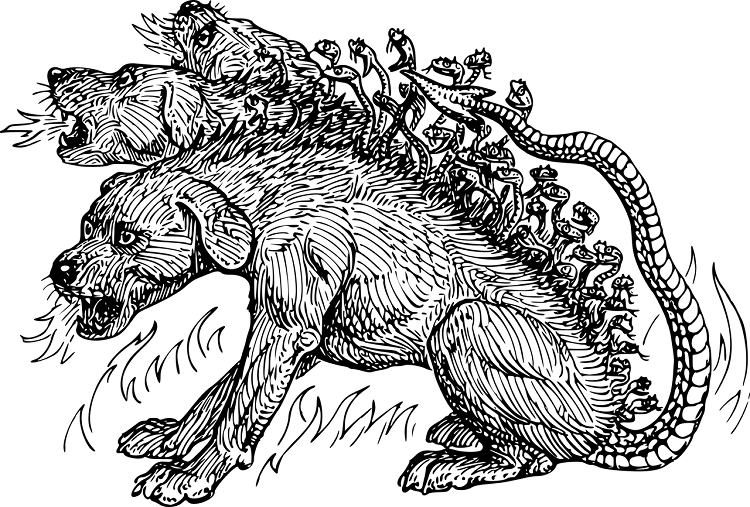
Found in Greek mythology, Cerberus is the notorious guardian to the gates of the Underworld. He is a monstrous hell-hound with three heads, a serpent’s tail and lion claws. In some symbolic tales, his heads were said to represent the past, present and future or birth, youth and old age.
He is chained to the entrance gates of Acheron, a river in the Underworld, and is responsible for preventing the dead from escaping and the living from entering without permission, savagely eating anyone who would defy this ruling.
Rakshasa
Jorge Lascar / Flickr.com, CC BY 2.0
Rakshasa is a Hindu demon often referred to as a man-eater or cannibal. They have the power to shapeshift at will, mystifying their victims, and legend states they were wicked humans in a previous life. Characteristics describe the rakshasas as illusionists with venomous fingernails, a human-flesh diet and a habit for possessing human beings and desecrating graves.
In the Sanscrit epic, Mahabharata, rakshasas are a supernatural being whose true form is not always known. As cannibals, the monsters regularly make an appearance as rank-and-file soldiers for various warlords, taking delight when the slaughter on the battlefield is at its worst.
It seems that around the world, each of us has a story about a man-eating monster or legend that lurks beneath the water’s surface. Is there a ghoul that gives you goose bumps? Let us know in the comment box below!
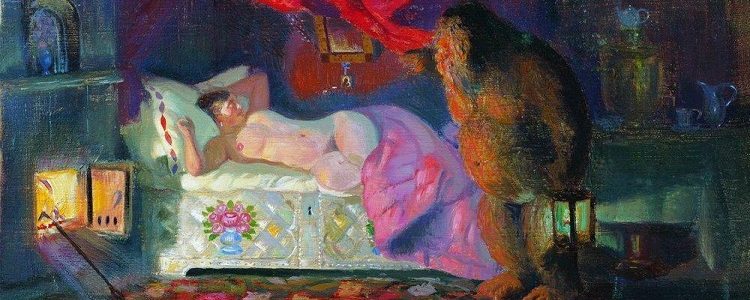
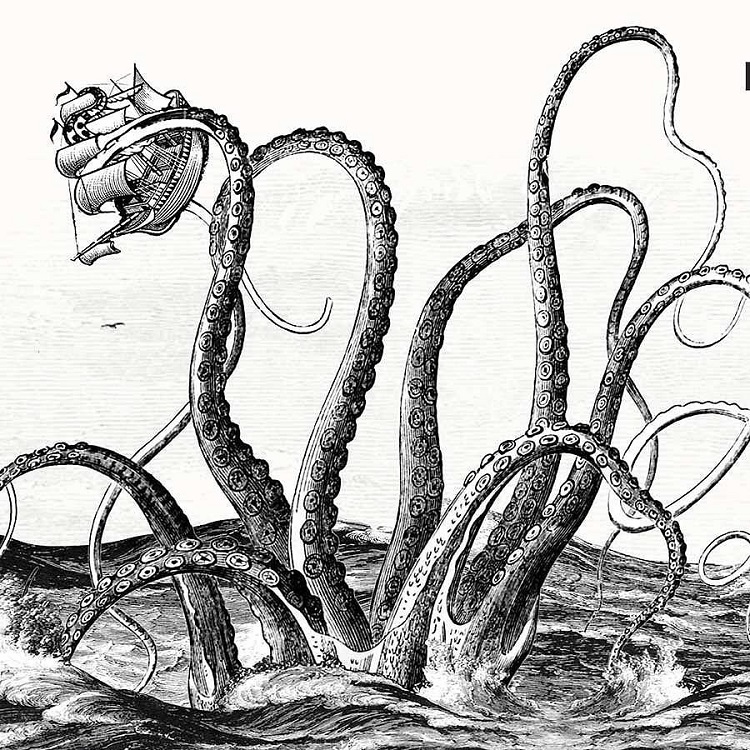
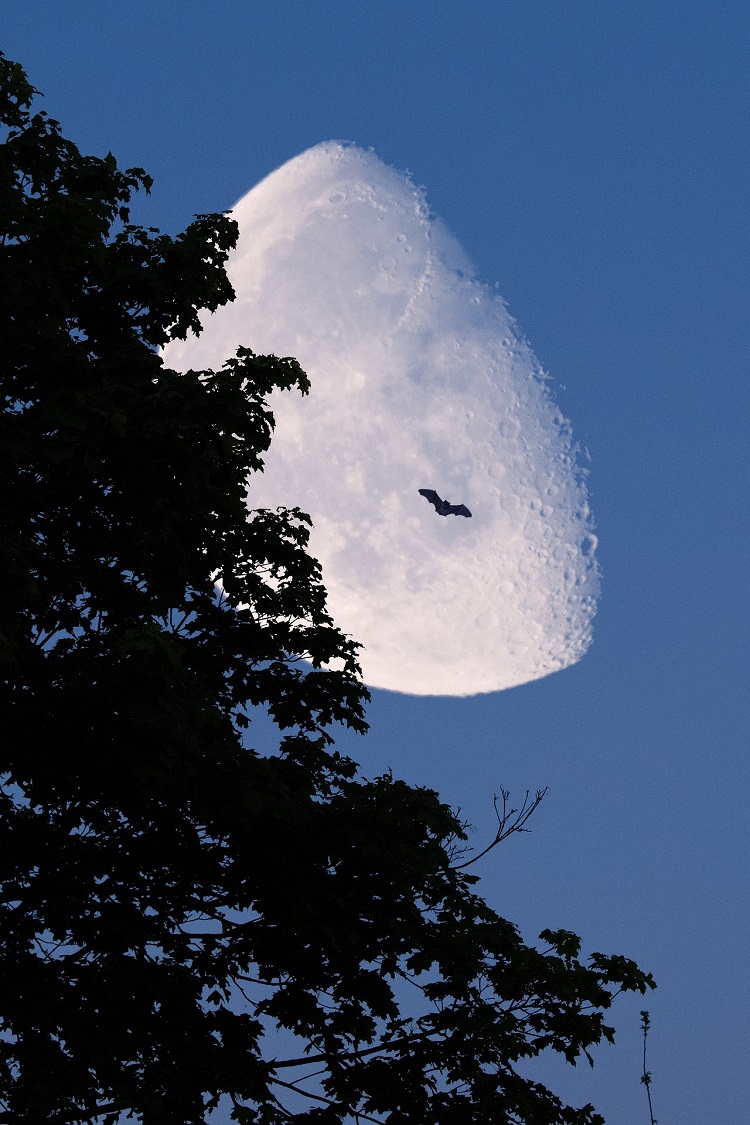
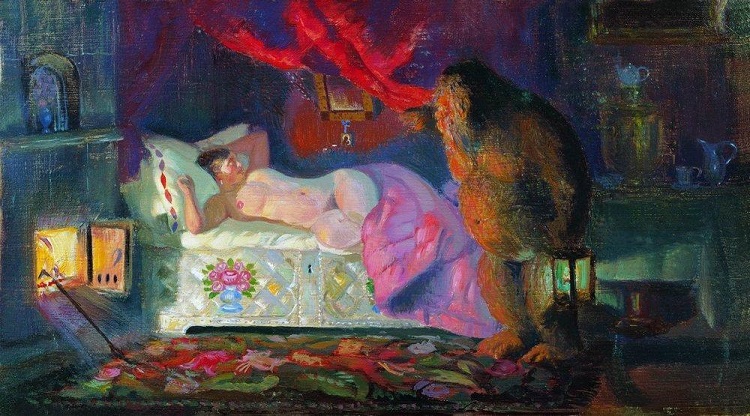
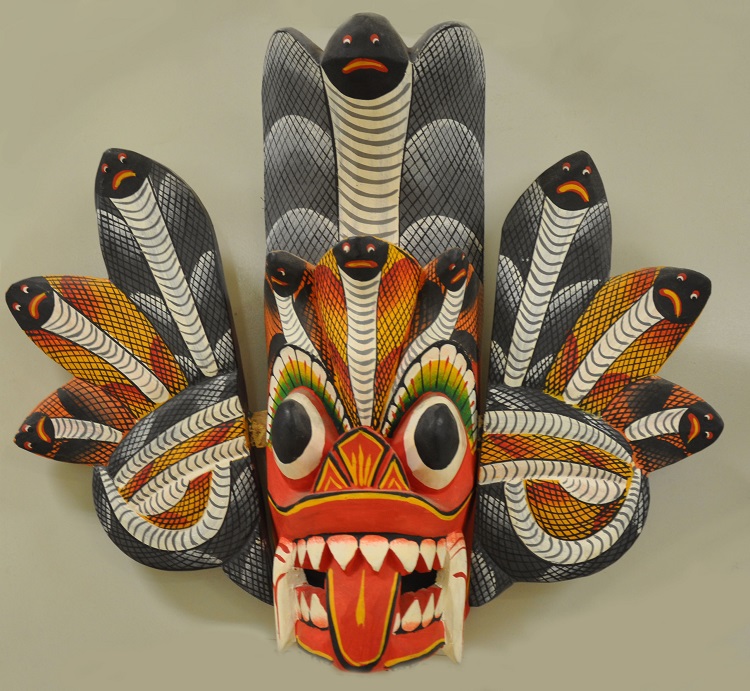

No Comments
Be the first to start a conversation